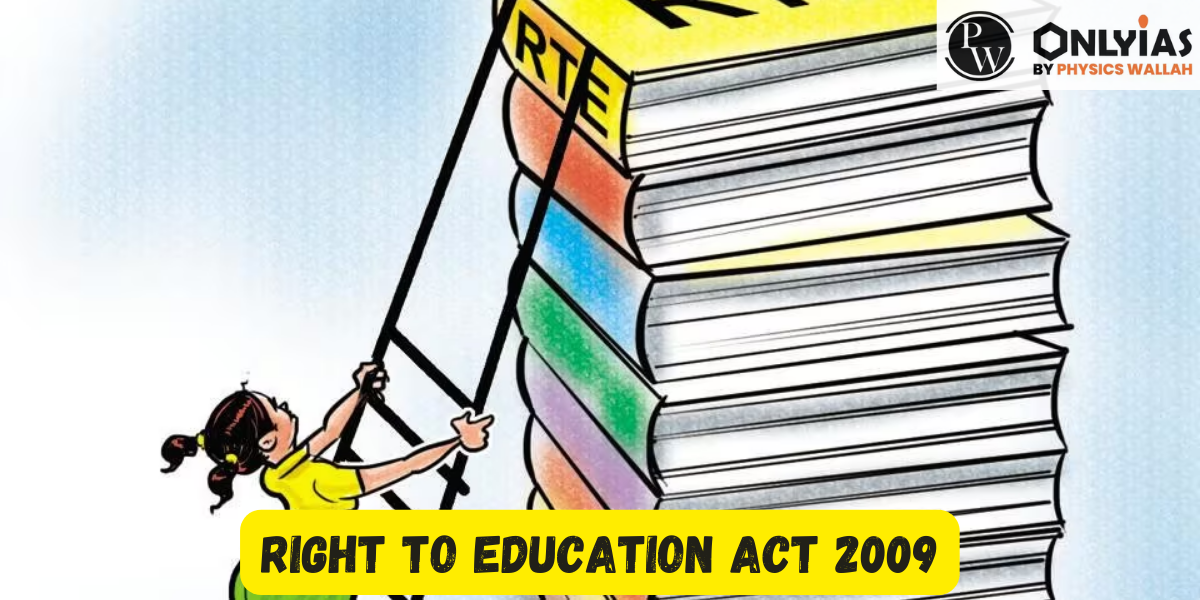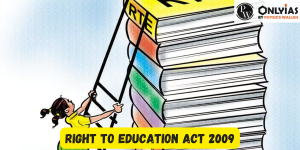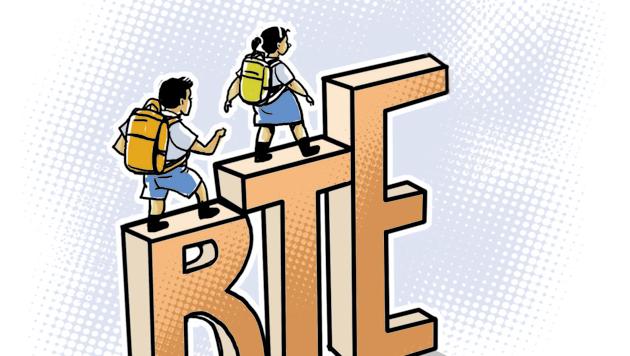
Education, often hailed as the cornerstone of progress and development, is a fundamental right that paves the way for individuals to realize their potential and contribute meaningfully to society. Recognizing the significance of education, the Right to Education Act 2009 (RTE Act) was enacted, ushering in a new era of access and opportunity for every child in India. This comprehensive legislation, backed by the 86th Constitutional Amendment, aims to transform education from a privilege to an inclusive and empowering right.

At the heart of the Right to Education Act 2009 lies Article 21A of the Indian Constitution. Enacted through the 86th Constitutional Amendment, Article 21A declares that “The State shall provide free and compulsory education to all children of the age of six to fourteen years in such manner as the State may, by law, determine.” This pivotal amendment elevated the right to education from a directive principle to a justiciable fundamental right, underscoring the commitment of the Indian government to provide quality education to every child, regardless of their socio-economic background.
The 86th Amendment to the Indian Constitution, enacted in 2002, introduced Article 21-A, establishing the right to free and compulsory education for children aged six to fourteen as a Fundamental Right. This right is to be implemented according to the laws set by the State. Subsequently, the Right of Children to Free and Compulsory Education (RTE) Act of 2009, which is in line with Article 21-A, guarantees every child the entitlement to adequate and fair-quality elementary education in a formal school.
Both Article 21-A and the RTE Act came into force on April 1, 2010. The RTE Act explicitly incorporates the concepts of ‘free’ and ‘compulsory’. ‘Free education’ denotes that no child, except for those attending schools not supported by the government, will be required to pay fees or expenses that hinder their ability to receive elementary education.
On the other hand, ‘compulsory education’ places an obligation on the government and local authorities to ensure that all children aged six to fourteen are enrolled, attending, and completing their elementary education. This marks a shift in India towards a rights-based framework that legally binds both Central and State Governments to uphold the fundamental right outlined in Article 21-A and the RTE Act.
Key provisions of the RTE Act include:
1. The right of children to receive free and mandatory education until the completion of elementary schooling in a nearby school.
2. An explanation that ‘compulsory education’ means the government is obliged to provide free elementary education and ensure that every child in the six to fourteen age group is enrolled, attending, and completing their education. ‘Free’ in this context implies that no child can be charged fees or expenses that hinder their access to elementary education.
3. The provision for enrolling children not currently attending school into an age-appropriate class.
4. Stipulations regarding the responsibilities of appropriate governments, local authorities, and parents in delivering free and mandatory education. Additionally, it outlines the sharing of financial and other responsibilities between Central and State Governments.
5. Establishment of standards for Pupil Teacher Ratios (PTRs), school infrastructure, working days, and teacher working hours.
6. Ensuring an equitable distribution of teachers by maintaining specified pupil-teacher ratios for each school, thereby preventing imbalances in urban and rural teacher allocation. The Act also prohibits teachers from being used for non-educational tasks, except during decennial census, elections, and disaster relief efforts.
7. Requirement for qualified teachers with the necessary entry and academic qualifications.
8. Prohibition of practices such as physical punishment, mental harassment, admissions screening procedures, capitation fees, private tuition by teachers, and operating schools without recognition.
9. The development of a curriculum aligned with constitutional values, fostering holistic child development, utilizing a child-friendly and child-centered approach to learning, and aiming to eliminate fear, trauma, and anxiety among students.
The Right to Education Act 2009, also known as RTE Act, encompasses a range of provisions aimed at fostering an inclusive and equitable educational landscape:
While the Right to Education Act marks a significant leap towards universal education, challenges persist. Ensuring quality education, reducing dropout rates, and improving learning outcomes remain key areas of focus. Additionally, issues such as inadequate infrastructure, teacher shortages, and unequal access to education in remote areas warrant attention.
Nonetheless, the RTE Act has achieved several milestones since its enactment. Increased enrollment rates, a decline in out-of-school children, and the implementation of innovative teaching methods indicate progress. The Act’s impact resonates through improved literacy rates and greater awareness of the right to education among parents and communities.
The Right to Education Act 2009 is not just a legal framework; it is a transformative force that empowers individuals and shapes the nation’s future. By ensuring that every child receives quality education, irrespective of their social or economic background, the Act paves the way for a more inclusive, knowledgeable, and progressive society.
As India strides forward, the realization of the Right to Education Act’s objectives will depend on collaborative efforts between the government, educational institutions, civil society, and communities. Through these collective endeavors, the Act’s vision of an educated, empowered, and equitable India can be fully realized, propelling the nation toward new heights of growth and development.


<div class="new-fform">
</div>